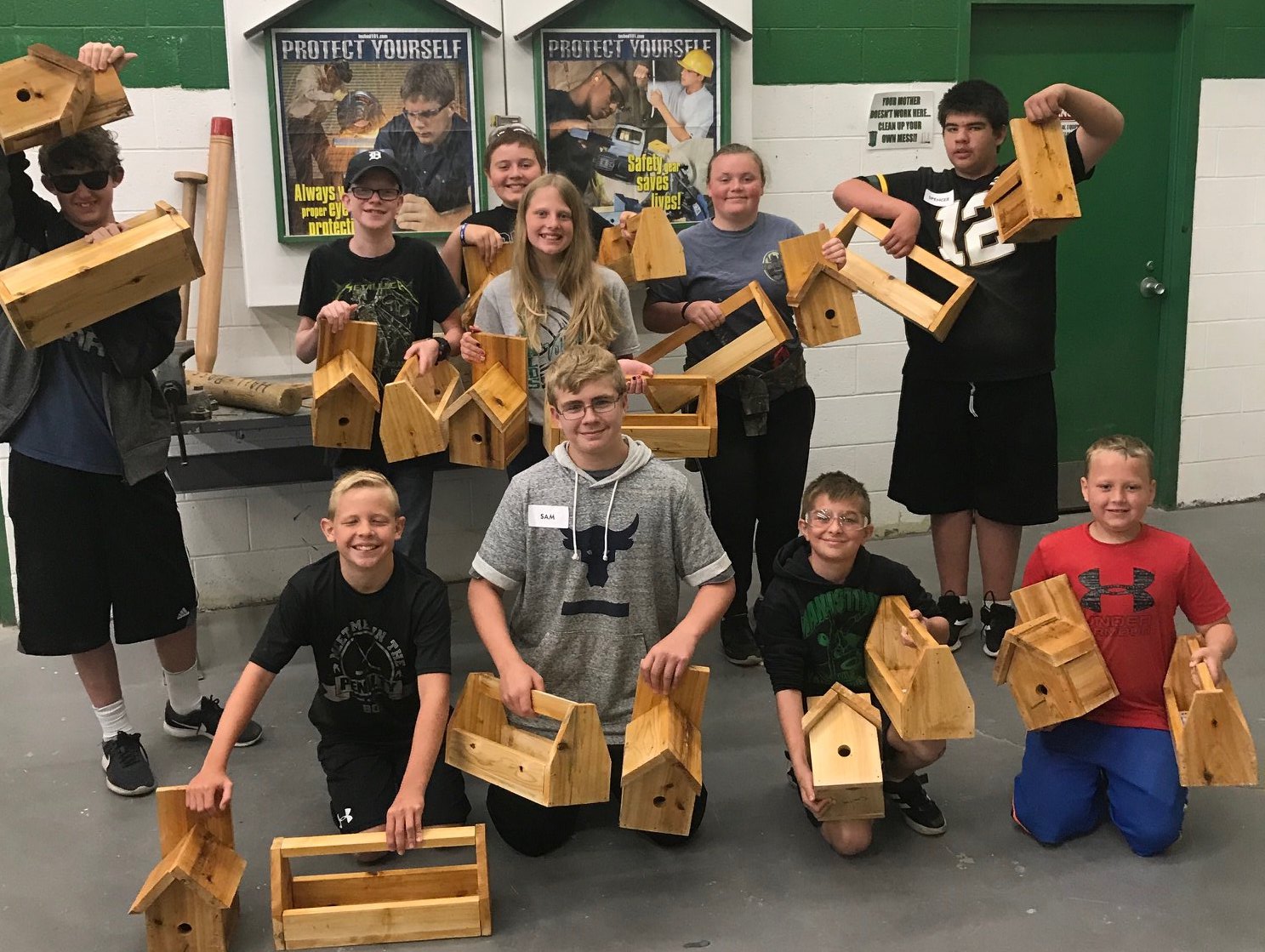The “dire inequity” in resources that students in rural schools face requires immediate action from state and federal lawmakers, according to a new “Why Rural Matters 2018-19” report from The Rural School and Community Trust.
Nearly 7.5 million students attended rural schools last year, with about 1 in 6 living below the poverty line, the report found.
Rural student achievement remains very low in some states. Only 9.5% of the nation’s rural students passed Advanced Placement courses in 2018-19, compared with 18.8% of urban students and 24.1% of suburban students, according to the report.
“While some rural schools thrive, others and their communities continue to face devastating obstacles in the education and well-being of children,” Robert Mahaffey, the executive director of The Rural School and Community Trust, said in a news release.
More from DA: How a rural district builds bridges of opportunity
Rural communities are often left out of education research and policy discussions, according to the “Out of the Loop” report by the National School Boards Association’s Center of Public Education. This means policymakers often pay more attention to the challenges of urban and suburban schools, the report found.
Yet, rural students are actually more likely to graduate from high school than urban and suburban teens, but are less likely to go to college, according to the Jack Kent Cooke Foundation’s September report, “Small Town, Big Talent.”
The report covers strategies communities are using to support rural students, such as working harder to identify academically promising young people, creating mentoring programs, and providing learning opportunities outside their hometowns.
More from DA: How a rural district made literacy more visible and valued
Many rural districts are acting on their own to improve achievement. Eminence Independent Schools in Kentucky, for example, created School on F.I.R.E., which stands for “Framework of Innovation for Reinventing Education.” By completing more than 30 in-depth college and career experiences, students can earn microcredentials in areas such as AutoCAD, coding, 3D printing and laser cutting.

School on F.I.R.E. was recognized by District Administration‘s 2019 Districts of Distinction program.
Far north on Michigan’s Upper Peninsula, rural educators are working as early as middle school to prepare students for careers. Eighth-graders in the Delta-Schoolcraft Intermediate School District attend a weeklong Careers in Technology summer camp.
During the school year, they spend three hours per day at the Delta-Schoolcraft Career Tech Center changing motor oil and rotating tires, learning basic welding, and making key fobs with a computer numerical control mill.
“There are very few schools here with any type of shop class or health class,” Trent Bellingar, the district’s career and technical education director, told DA in August. “We want to introduce these kids to careers as young as we can, so they’re more educated to make these choices later on.”
Web seminar: How a rural district transforms instruction with technology







